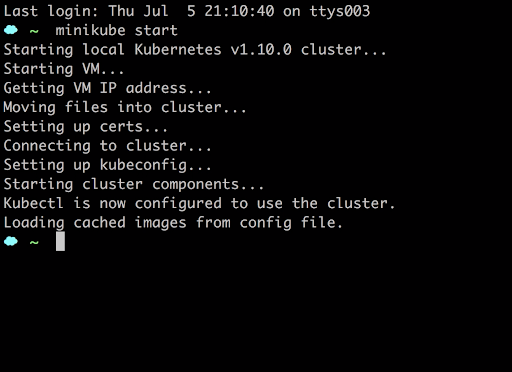Exception Perceptions: KonMari Your Containers with Kubernetes
Exception Perceptions: KonMari Your Containers with KubernetesOn this episode of Exception Perceptions, Katy Farmer, InfluxData’s Developer Advocate, tells us all about Kubernetes (also known as K8s). Watch the episode, and then accompany Katy on her journey to uncover the “captain” of containerization's secrets.
For months, I heard people talk about Kubernetes without knowing what it was. I nodded a lot. K8s did sound interesting, though, so I started my learning expedition simply — with the Children’s Illustrated Guide to Kubernetes. I still didn’t get it. I can only assume that book is intended for child prodigies.
I wasn’t using K8s in my daily work, so further journeying was deprioritized. But, as with many new technologies, one day I didn’t need it at work, and the next day, I did. Faced with understanding how InfluxData’s tech integrated with K8s, I set out to learn Kubernetes for real — this time with a purpose and a deadline.
My habit as a developer is usually to install a new tool and see what I can learn from it. In this case, I wasn’t even sure I could install K8s on my local machine. Luckily, a friend recommended the OSCON Metrics Tutorial from the guardian angel of K8s, Kelsey Hightower.
This tutorial introduced me to Minikube, the key to running Kubernetes locally. I fumbled a little with the installation and configuration of the tools, but it turned out all of my problems were related specifically to me not following instructions. Oops.
Once I had Minikube running, I realized that I still didn’t know exactly what to do, so I turned to another resource: Kubernetes Up and Running, which dives into the role of K8s and the reason the tech surfaced. It came highly recommended from my CTO, and it’s co-authored by our favorite expert, Kelsey Hightower. Even from afar, Kelsey makes sure we’re well equipped to take up the mantle.
I also asked around at Influx to see who our resident expert was. Sitting down for twenty minutes to ask questions was invaluable. Trust me on this one — you should absolutely ask questions whenever you have the chance.
Combining my use of Minikube, the superpower of reading, and a knowledgeable friend, I began to understand the first superficial layers of Kubernetes. The rise of containers has allowed us to be more flexible and efficient than ever — but they also come with manual processes for deployment and scaling. In the most basic terms, Kubernetes is a tool to automate those processes.
I’m not going to pretend that Kubernetes is a simple tool, but it is an accessible concept. Kubernetes is a container orchestration system: containers need instructions, and Kubernetes is a way to provide them.
Before you go, don’t forget to check out other episodes of Exception Perceptions (trust us on this one).







